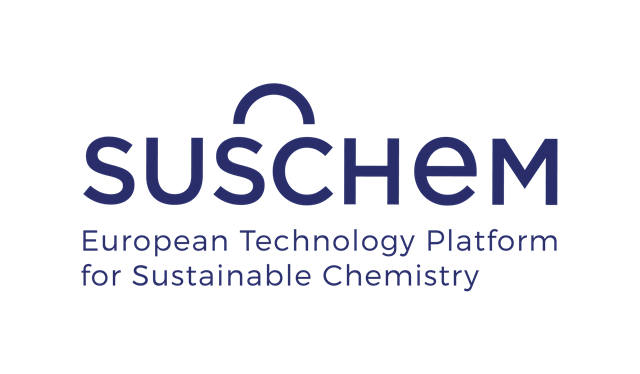In its 2005 Vision document SusChem referenced the Brundtland Commission definition of sustainable development as one of its founding principles. That definition is:
“Development which meets the needs of the present without compromising the ability of future generations to meet their own needs”
SusChem has built its thinking on the three pillars of sustainable development : environment, society and economy – or people, planet and profit. Essentially this means that SusChem thinking should promote activities and support projects that are economically viable and environmentally sound and address societal needs.
As SusChem moves from sustainable research to encompass sustainable innovation a clear communicable definition of sustainable chemistry is needed together with a set of guiding principles.
Screening criteria
These qualitative principles need to be given a quantitative basis to develop an iterative screening process for project assessment in SusChem. Such a system must be able to be applied to the diverse portfolio of SusChem projects in different technologies and regions. A small group lead by SusChem board members Martina Bianchini (Dow) and Marcel Wubbolts (DSM) is working to develop such a process using a Life Cycle Conceptual Approach.
 Some tools already exit that could be of help. For example, the iSUSTAINTM Green Chemistry Index links green chemistry and sustainability based on the 12 principles of green chemistry proposed by Paul Anasta and John Warner in their ground-breaking book ‘Green Chemistry. Theory and Practice’. While the FP7 PROSUITE project is looking to produce a standardised methodology in Europe and is employing case studies that are very relevant to SusChem.
Some tools already exit that could be of help. For example, the iSUSTAINTM Green Chemistry Index links green chemistry and sustainability based on the 12 principles of green chemistry proposed by Paul Anasta and John Warner in their ground-breaking book ‘Green Chemistry. Theory and Practice’. While the FP7 PROSUITE project is looking to produce a standardised methodology in Europe and is employing case studies that are very relevant to SusChem. Tweet your ideas
This is work in progress and SusChem News would like to gather a range of views on what sustainable chemistry means to the SusChem community. So why not add your vision to the debate? As mentioned above you can tweet @suschem or email SusChem News with your take on sustainable chemistry. We look forward to hearing from you.

No comments:
Post a Comment
Please post your comment here. Please note that this newsblog is not moderated.
Note: only a member of this blog may post a comment.